Former Amazon CEO Jeff Bezos is headed to space on July 20 aboard Blue Origin’s New Shepard rocket. Here’s how to watch the launch online.
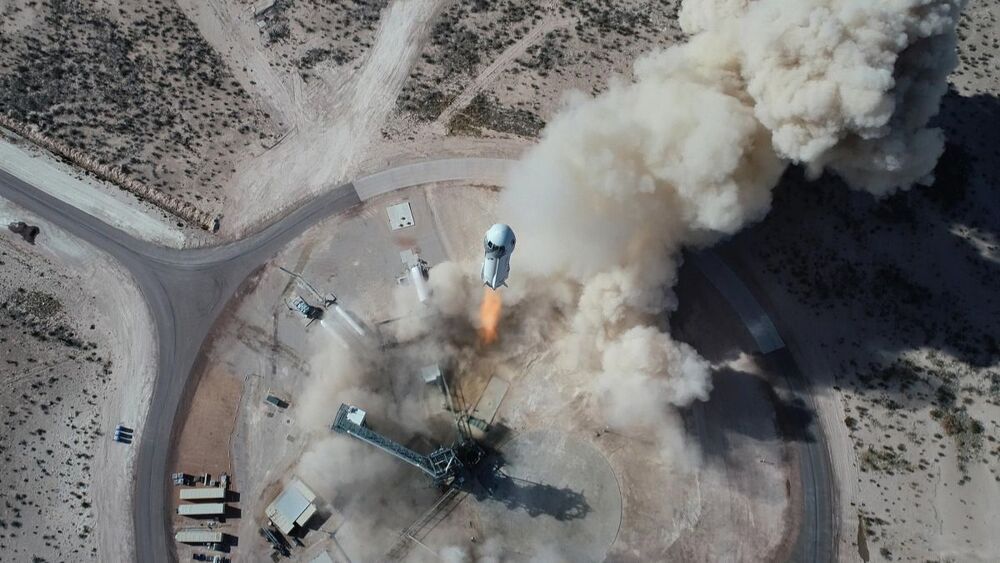


Nick Saraev is 25 years old, far too young, it would seem, to be thinking about death. And yet, since he turned 21, he has taken steps to prevent the infirmities of old age. Every day, he takes 2000 mg of fish oil and 4000 IU of vitamin D to help prevent heart disease and other ailments. He steams or pressure-cooks most of his meals because, he says, charring meats creates chemicals that may increase the risk of cancer. And in the winter, he keeps the humidity of his home at 35 percent, because dry air chaps his skin and makes him cough, both of which he considers manifestations of chronic inflammation, which may be bad for longevity.
Based on the life expectancies of young men in North America, Saraev, a freelance software engineer based near Vancouver, believes he has about 55 years before he really has to think about aging. Given the exponential advances in microprocessors and smartphones in his lifetime, he insists the biotech industry will figure out a solution by then. For this reason, Saraev, like any number of young, optimistic, tech-associated men, believes that if he takes the correct preventative steps now, he might well live forever. Saraev’s plan is to keep his body in good enough shape to hit “Longevity Escape Velocity,” a term coined by English gerontologist Aubrey de Grey to denote slowing down your aging enough to reach each new medical advance as it arrives. If you delay your death by 10 years, for example, that’s 10 more years scientists have to come up with a drug, computer program, or robot assist that can make you live even longer. Keep up this game of reverse leapfrog, and eventually death can’t catch you. The term is reminiscent of “planetary escape velocity,” the speed an object needs to move in order to break free of gravity.
The science required to break free of death, unfortunately, is still at ground level. According to Nir Barzilai, M.D., director of the Institute for Aging Research at Albert Einstein College of Medicine in New York City, scientists currently understand aging as a function of seven to nine biological hallmarks, factors that change as we grow older and seem to have an anti-aging effect when reversed. You can imagine these as knobs you can turn up or down to increase or decrease the likelihood of illness and frailty. Some of these you may have heard of, including how well cells remove waste, called proteostasis; how well cells create energy, or mitochondrial function; how well cells implement their genetic instructions, or epigenetics; and how well cells maintain their DNA’s integrity, called DNA repair or telomere erosion.
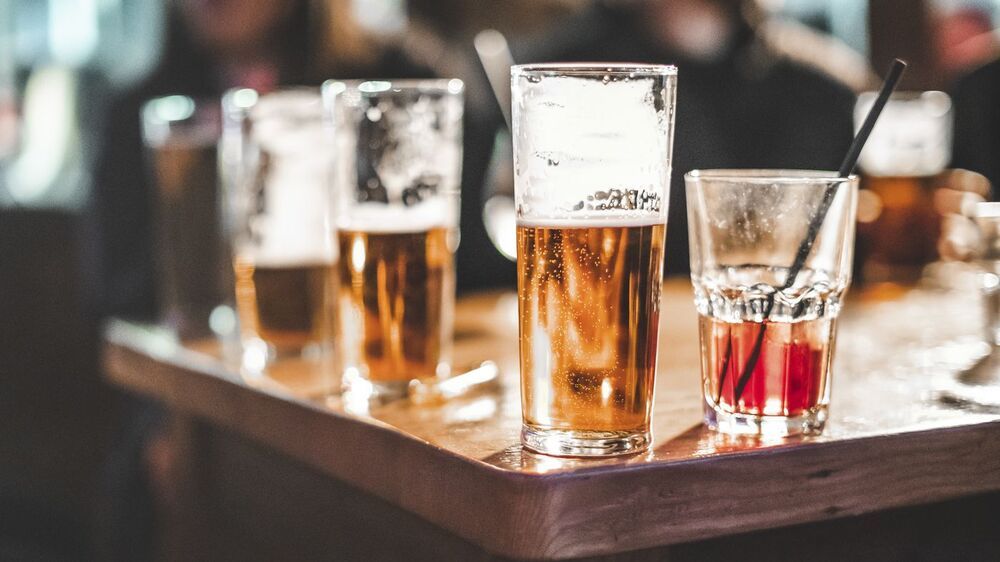
Alcohol can also increase levels of hormones, including estrogen. Hormones signal cells to grow and divide. With more cell division, there are more opportunities for cancer to develop. Alcohol also reduces the body’s ability to absorb certain cancer-protective nutrients, including vitamins A, C, D, E and folate.
Most people don’t realize alcohol consumption can cause cancer. A report in Lancet Oncology shows how big a risk factor it is for esophageal, mouth, larynx, colon, rectum, liver and breast cancers.

“Prime Editing is a wonderful example of the revolution in genetic medicine that we are living through,” said Robert Nelsen, co-founder and Managing Director of ARCH Venture Partners, one of several companies to fund Prime Medicine. “Gene editing technologies like this, when mature, could totally change our conception of what’s possible in treating disease.”
“This is an opportunity to take a giant step toward cures for a much wider range of diseases than previously possible,” said Stephen Knight, President and Managing Partner of F-Prime Capital, another backer of the new company.
The funds raised will be used to continue building the company, expand the capabilities of its technology platform and rapidly advance towards clinical indications. By the end of 2021, Prime Medicine expects to employ more than 100 people full-time.

A new way of producing coherent light in the ultra-violet spectral region, which points the way to developing brilliant table-top x-ray sources, has been produced in research led at the University of Strathclyde.
The scientists have developed a type of ultra-short wavelength coherent light source that does not require laser action to produce coherence. Common electron-beam based light sources, known as fourth-generation light sources, are based on the free-electron laser (FEL), which uses an undulator to convert electron beam energy into X-rays.
Coherent light sources are powerful tools that enable research in many areas of medicine, biology, material sciences, chemistry, and physics.
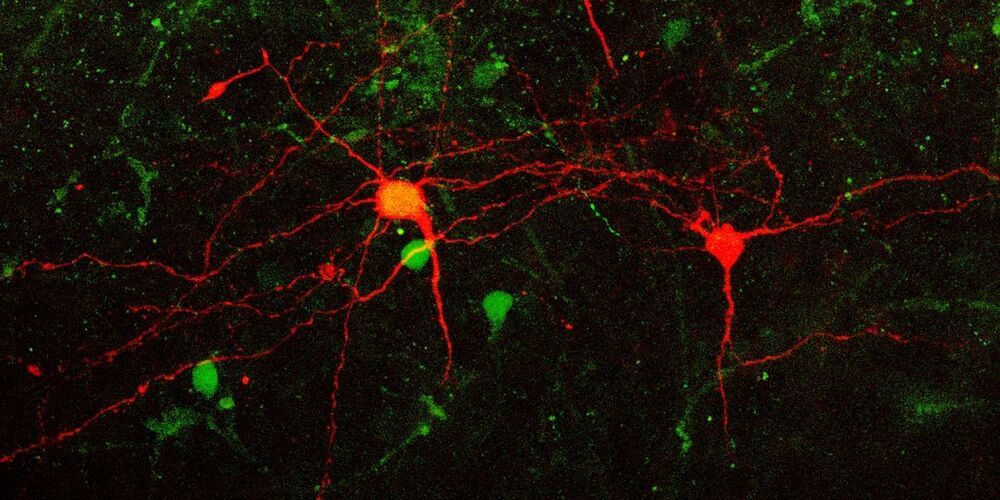
Harvard scientists have found that a single dose of psilocybin given to mice induces a rapid and long-lasting increase in connections between pyramidal neurons in the medial frontal cortex, an area of the brain known to be involved in control and decision-making. Their new findings are published in the journal Neuron.
Psilocybin — the active component in so-called “magic” mushrooms — has been shown to have profound and long-lasting effects on personality and mood. Preliminary studies have provided hope that psilocybin could help to relieve depression symptoms and treat other mental disorders. But the mechanisms behind these effects remain unclear.
A team of researchers at Yale University were interested in examining whether the lasting therapeutic effects of psilocybin might be caused in part by the substance’s ability to enhance neuroplasticity in the brain.
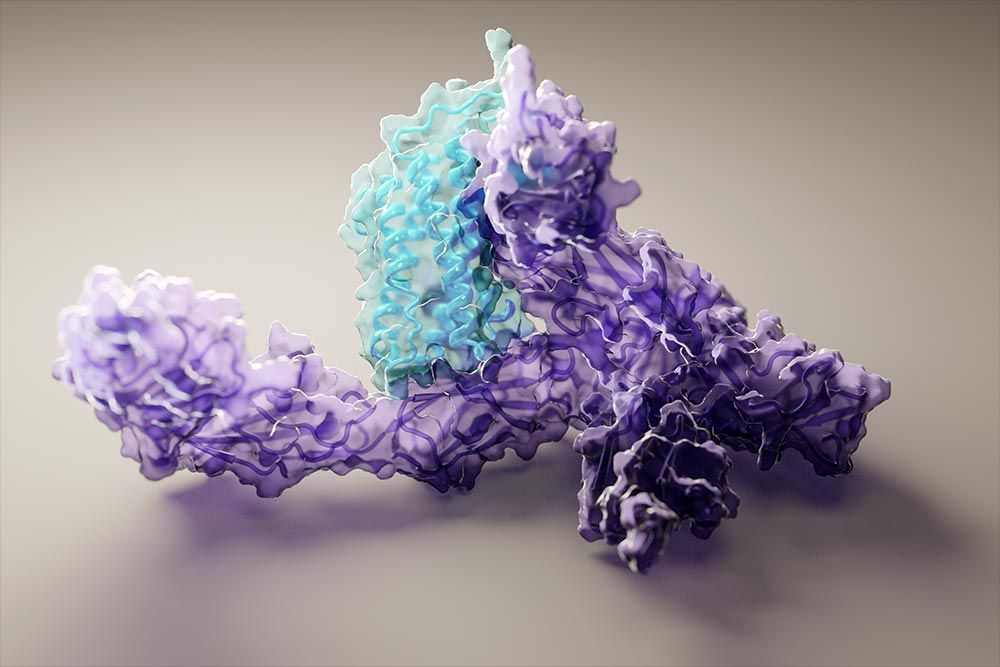
Unlike DeepMind, the UW Medicine team’s method, which they dubbed RoseTTAFold, is freely available. Scientists from around the world are now using it to build protein models to accelerate their own research. Since July, the program has been downloaded from GitHub by over 140 independent research teams.
Accurate protein structure prediction now accessible to all.
Scientists have waited months for access to highly accurate protein structure prediction since DeepMind presented remarkable progress in this area at the 2020 Critical Assessment of Structure Prediction, or CASP14, conference. The wait is now over.
Researchers at the Institute for Protein Design at the University of Washington School of Medicine in Seattle have largely recreated the performance achieved by DeepMind on this important task. These results were published online by the journal Science on July 15, 2021.
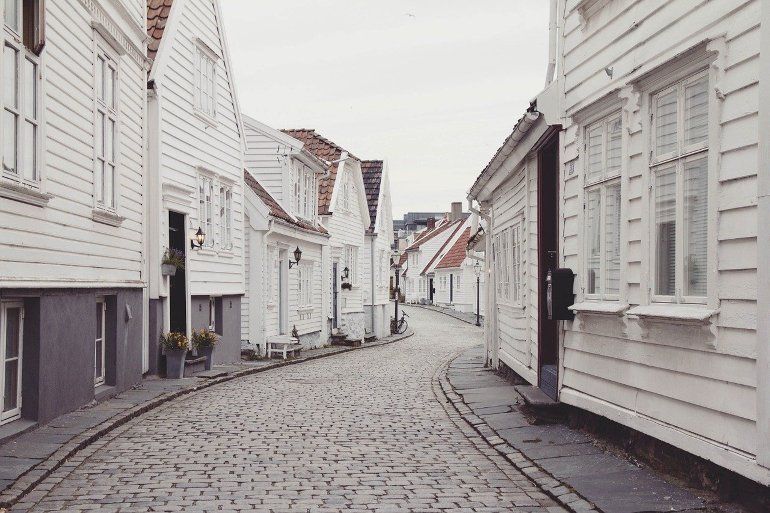
Something to consider.
“The whole idea of lifestyle choices as something everyone can tap into is misleading, when in fact that choice is constrained by what is available to people,” he said. “This is where policy solutions or investments into these neighborhoods to make up for historical disinvestment becomes so important.”
Summary: The neighborhood you live in could have an impact on your brain and cardiovascular health, a new study reports.
Source: American Heart Association
Liz Harris won’t let anything stop her from walking. Three mornings a week, she descends three flights of stairs and heads to Anacostia Park. It’s a 10-minute walk just to get there. If none of her friends are available, she walks alone. But they worry about her when she does.
“The community is known for crime, and you don’t feel comfortable walking alone,” said Harris, 72, who lives in southeastern Washington, D.C.’s Ward 8. But that’s not her only concern. Unleashed dogs in the park make her wary. The streets along the way are uneven and in disrepair. Heavy traffic can contribute to poor air quality.
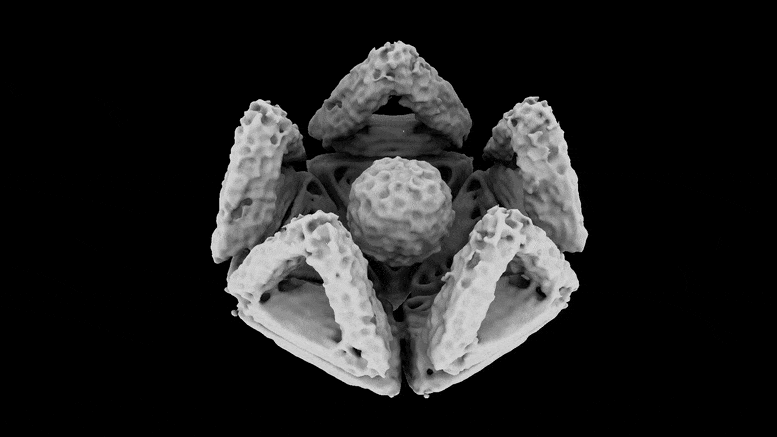
To date, there are no effective antidotes against most virus infections. An interdisciplinary research team at the Technical University of Munich (TUM) has now developed a new approach: they engulf and neutralize viruses with nano-capsules tailored from genetic material using the DNA origami method. The strategy has already been tested against hepatitis and adeno-associated viruses in cell cultures. It may also prove successful against coronaviruses.
There are antibiotics against dangerous bacteria, but few antidotes to treat acute viral infections. Some infections can be prevented by vaccination but developing new vaccines is a long and laborious process.
Now an interdisciplinary research team from the Technical University of Munich, the Helmholtz Zentrum München, and the Brandeis University (USA) is proposing a novel strategy for the treatment of acute viral infections: The team has developed nanostructures made of DNA, the substance that makes up our genetic material, that can trap viruses and render them harmless.

The CASC announced its plans to build a reusable space transport system last year, which would involve building a series of spacecraft that take off and land like regular planes, but can reach any corner of the earth within an hour by flying at least five times the speed of sound at a suborbital altitude.
Friday’s test of an experimental vessel is a step towards the development of a hypersonic vehicle that could reach any corner of the Earth within an hour.